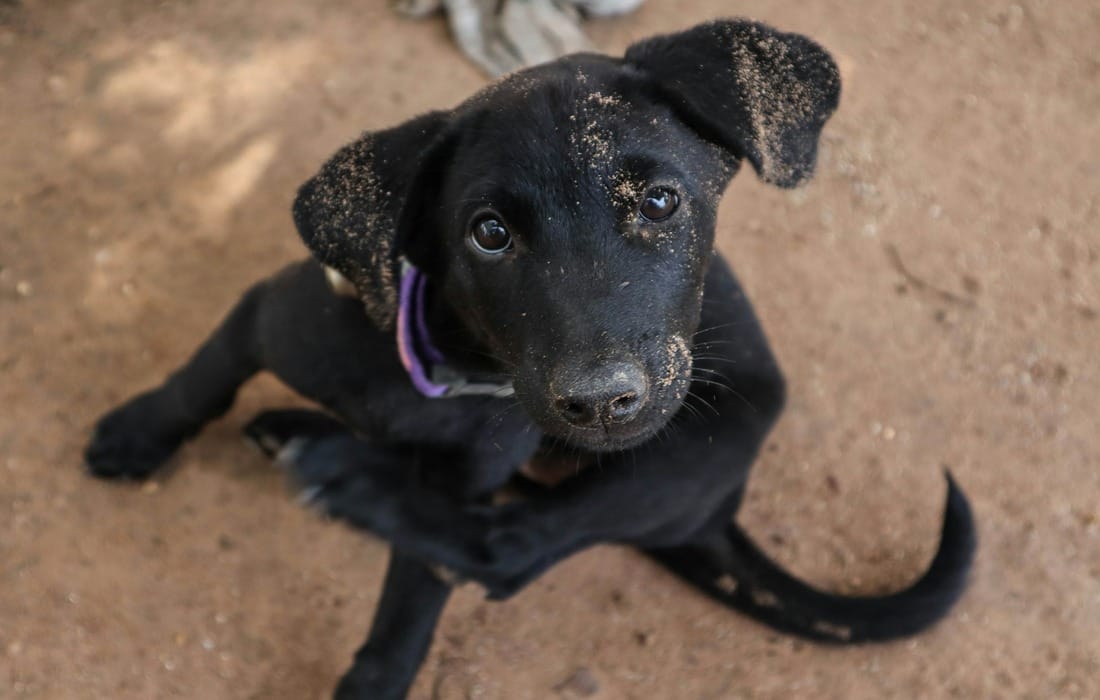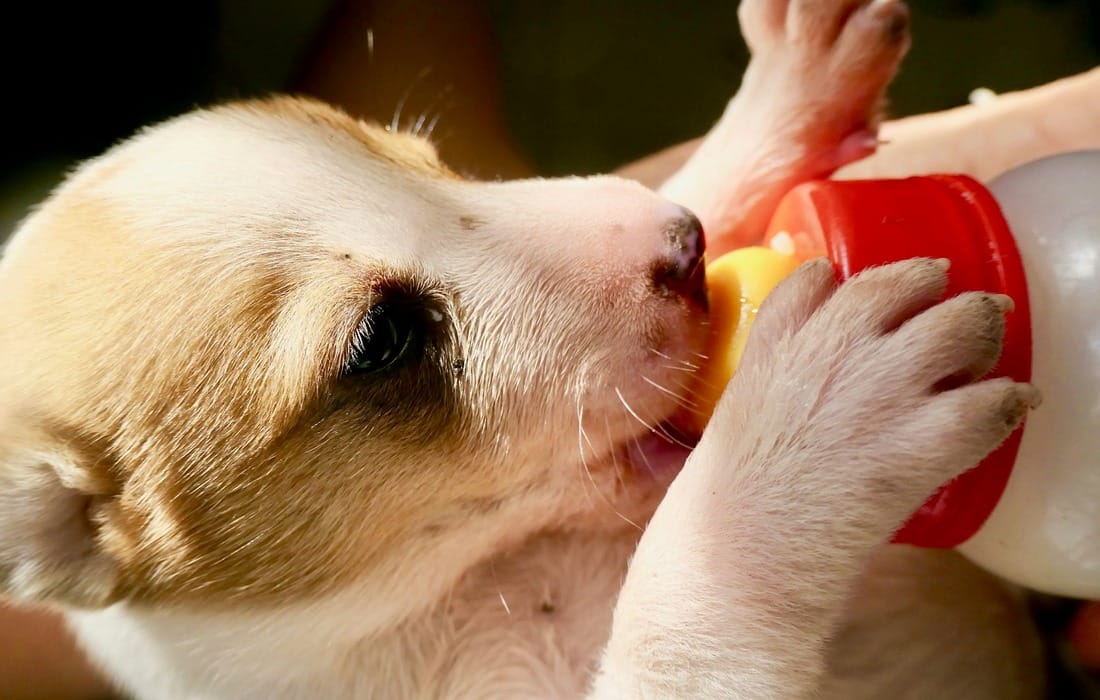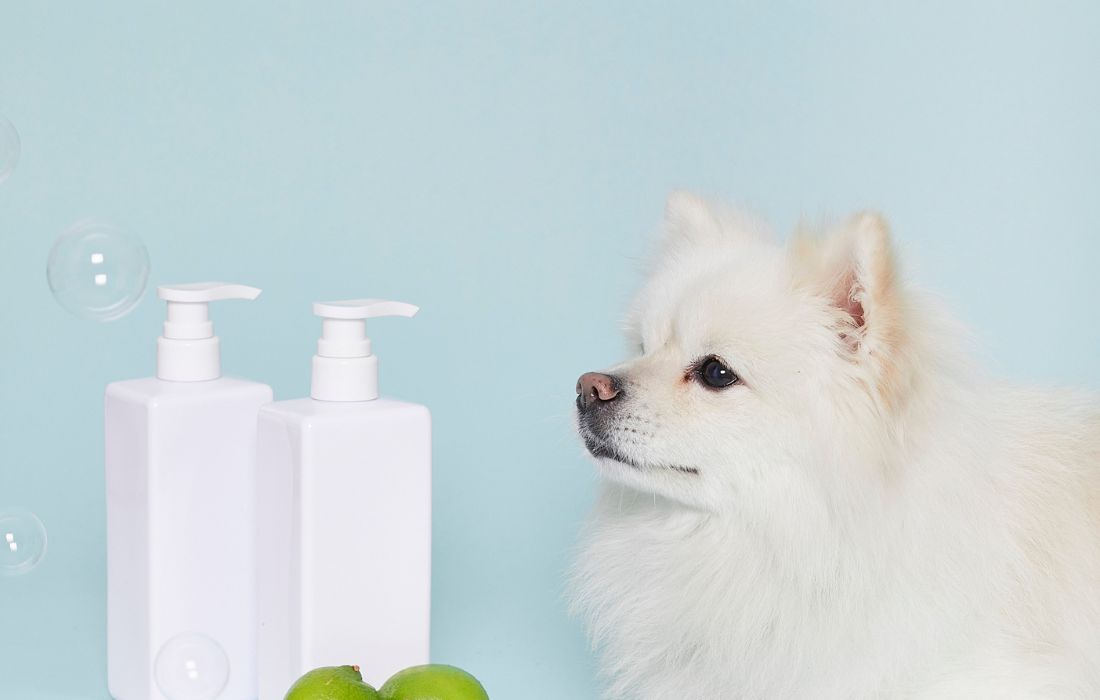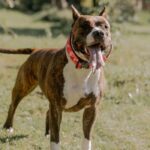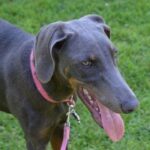If you’re looking into getting a dog that’s strong, protective, and loyal, the Kangal Shepherd might just be the perfect fit. This breed is not only impressive in size, but also in its history as a guardian for livestock. They’ve been protecting sheep and other animals from predators for centuries. But before you bring a Kangal into your home, it’s important to understand what makes them tick — from their history and personality to their care needs.
The Kangal Shepherd Dog: An Overview
Originating from Turkey, particularly the Sivas province, the Kangal has a rich history as a livestock guardian. These dogs are bred to protect animals from predators like wolves, bears, and jackals. The Kangal’s ability to work independently, without much human supervision, is what makes it so valuable to farmers and ranchers.
If you’re thinking about owning a Kangal, it’s crucial to know a bit more about what makes this breed unique — from its origins to its care requirements.
History and Origins of the Kangal Shepherd
The Kangal’s story stretches back thousands of years. In fact, it’s one of the oldest and purest livestock guardian breeds in the world. Turkish shepherds once relied on these strong, protective dogs to guard their flocks in the rugged Anatolian mountains. Over time, the Kangal’s reputation for being a reliable, fearless protector spread far and wide. Even today, the breed remains a symbol of strength and loyalty — both in Turkey and beyond.
Physical Characteristics: What Makes the Kangal So Impressive?
The Kangal Shepherd is a large, powerful dog with a muscular frame. Here’s a breakdown of what makes this breed so striking:
- Size & Weight: Kangals are big dogs. Adult males weigh anywhere from 110 to 145 pounds, while females typically range from 90 to 120 pounds. Males stand about 30 to 32 inches tall at the shoulder, while females are a bit shorter at 28 to 30 inches. Despite their size, they are incredibly agile — which is important when you need a guardian that can move quickly and efficiently.
- Coat & Color: The Kangal has a thick double coat that protects it from harsh weather. The outer coat is short and dense, while the undercoat is softer and woolly. These dogs are usually fawn-colored, with a black mask around the eyes, ears, and muzzle. The mask is one of the most recognizable features of the breed. It’s a striking look that sets the Kangal apart from other shepherd dogs.
- Tail: The Kangal’s tail is thick, long, and often curls up over its back. It’s not just for looks — the tail is a vital tool for communication. When the dog is relaxed, the tail hangs down, but it curls when the dog is alert or excited.
- Eyes & Ears: Kangals have dark brown or amber eyes that give them an expressive, alert look. Their ears are triangular and medium-sized, perched high on their head. These features help them stay aware of their surroundings, especially when they’re guarding livestock.
Kangal Shepherd Personality: Calm, Protective, and Independent
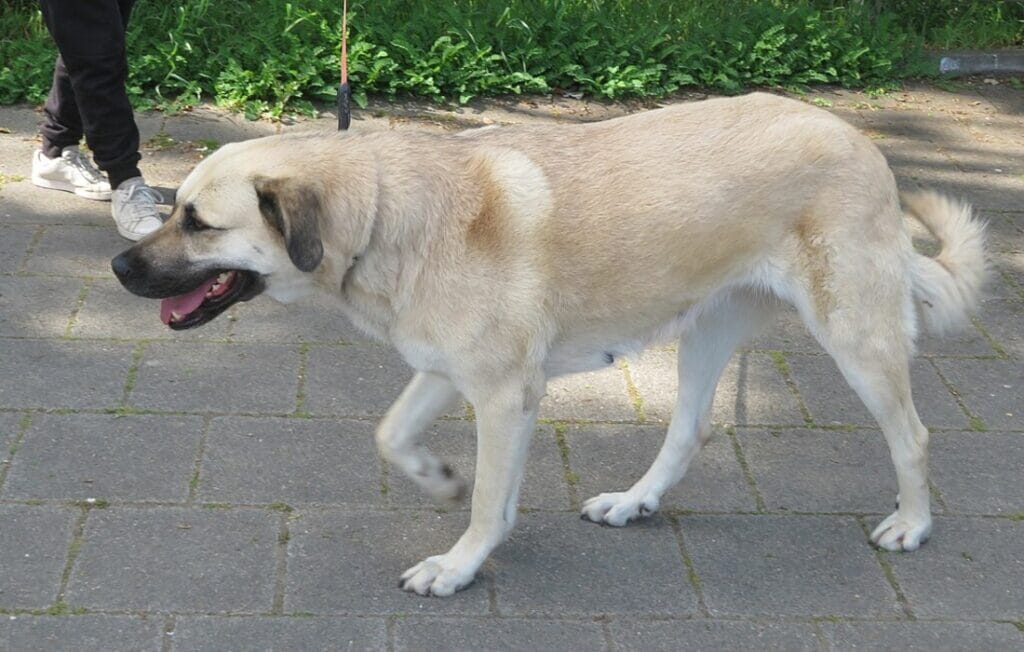

Kangals are known for being calm, protective, and independent. If you’re thinking about adding one to your family, it’s essential to understand their temperament. Here’s what you can expect:
- Protective and Loyal: One of the Kangal’s standout traits is its loyalty. They’re incredibly protective of their family and the animals they’re tasked with guarding. While they aren’t naturally aggressive, they’re not afraid to take action if they sense danger. They’re usually cautious around strangers but calm and gentle with family members. Early socialization can help them tell the difference between friend and foe.
- Independent and Intelligent: Kangals are not your typical obedient dog that will follow every command right away. They are independent thinkers, bred to work alone in guarding flocks. They don’t rely on constant direction, and this makes them highly intelligent. But, it also means they can be a bit stubborn at times. Training requires patience and consistency, but it’s definitely possible if you approach it correctly.
- Socialization and Other Pets: While Kangals can get along with other dogs, they need early socialization to make sure they interact well with other animals. They tend to have a strong prey drive, so they might not be the best around small animals like cats or rabbits. It’s essential to supervise their interactions with other pets, especially early on.
- Energy Levels: Kangals have moderate energy levels. They don’t need constant activity like herding dogs do, but they do require regular exercise to stay happy and healthy. A daily walk or playtime is usually enough to meet their physical needs. They also enjoy mental stimulation, so activities like scent work or problem-solving games can help keep them sharp.
Training and Care: Raising a Kangal Shepherd Dog
Training and proper care are key to raising a happy, healthy Kangal. Thanks to their independent nature, Kangals require a thoughtful and consistent approach. Here’s what you need to know:
- Early Socialization and Obedience: If you want your Kangal to be a well-behaved family member, early socialization is a must. Introduce your dog to a variety of people, pets, and situations so they can become comfortable in different environments. Start obedience training as early as possible. Positive reinforcement, like treats and praise, works best with this breed. Be patient — Kangals can take their time to respond to commands since they like to assess situations on their own.
- Grooming and Coat Care: Kangals have a thick double coat, which means regular grooming is necessary to keep it in good shape. Brush your dog’s coat once a week to remove loose fur and prevent mats. During shedding seasons, you might need to brush more often. Bathing should be done only when necessary, as frequent washing can strip the coat of natural oils. Don’t forget to check their ears regularly for dirt, and trim their nails as needed.
- Health and Lifespan: The Kangal is generally a healthy breed, but like all large dogs, they can be prone to certain health issues like hip dysplasia, elbow dysplasia, and bloat. Regular vet visits and a balanced diet can help prevent or manage these conditions. A Kangal’s lifespan typically ranges from 12 to 15 years, depending on genetics, care, and overall health.
- Diet and Nutrition: Feeding your Kangal the right food is essential. As a large breed, they need high-quality food that supports their size and energy levels. Look for food that includes joint support and adequate protein to maintain muscle mass. Always check with your vet to make sure you’re feeding your dog the right food based on their age, size, and activity level.
- Exercise Needs: While Kangals don’t need intense exercise every day, they still benefit from regular walks, runs, or playtime. They also need mental stimulation to keep them engaged. Puzzle toys, scent games, and training sessions are excellent ways to challenge their minds.
Is the Kangal Shepherd Dog the Right Choice for You?
The Kangal Shepherd is a powerful, independent, and loyal dog that makes an excellent guardian. If you have a large property or a farm, they can be a great fit. However, this breed does require a lot of training, care, and attention.
Kangals are not for everyone. Due to their size and guarding instincts, they might not be the best fit for households with limited space or inexperienced dog owners. But if you’re up for the challenge and can provide the right environment, a Kangal can be a loving and protective companion.


